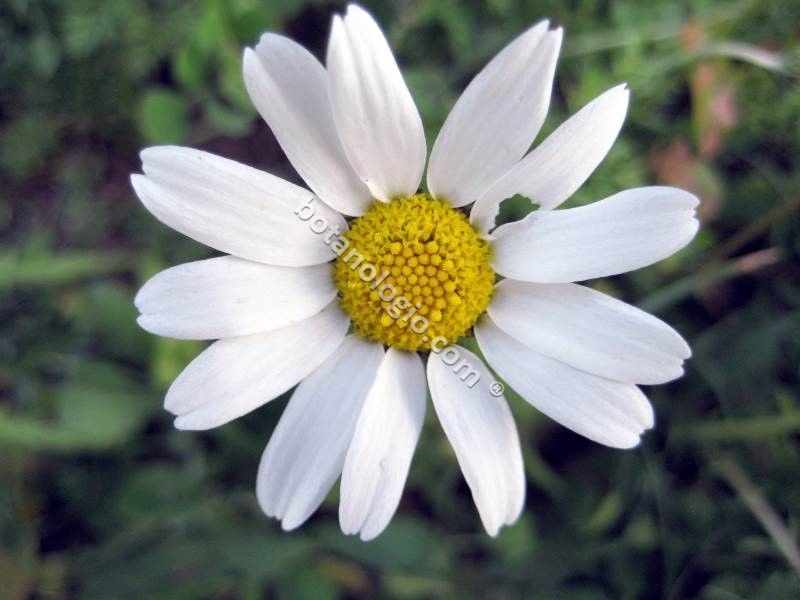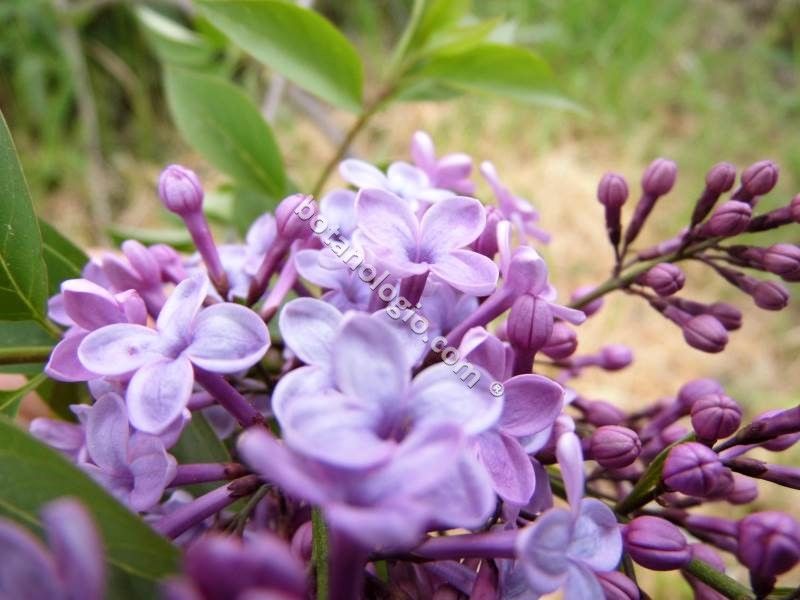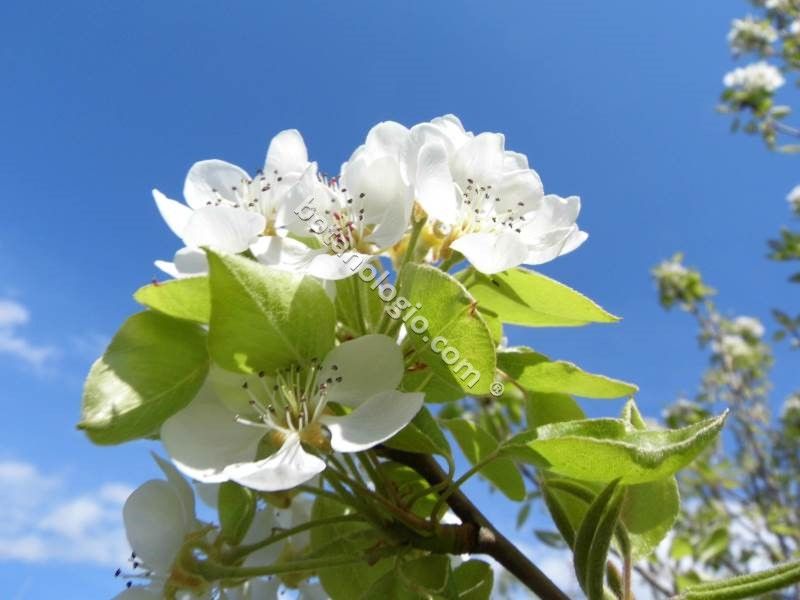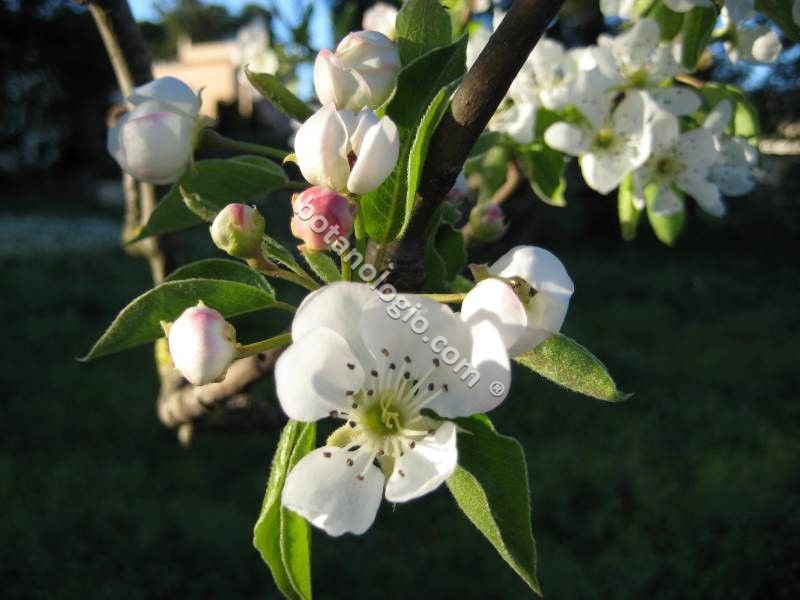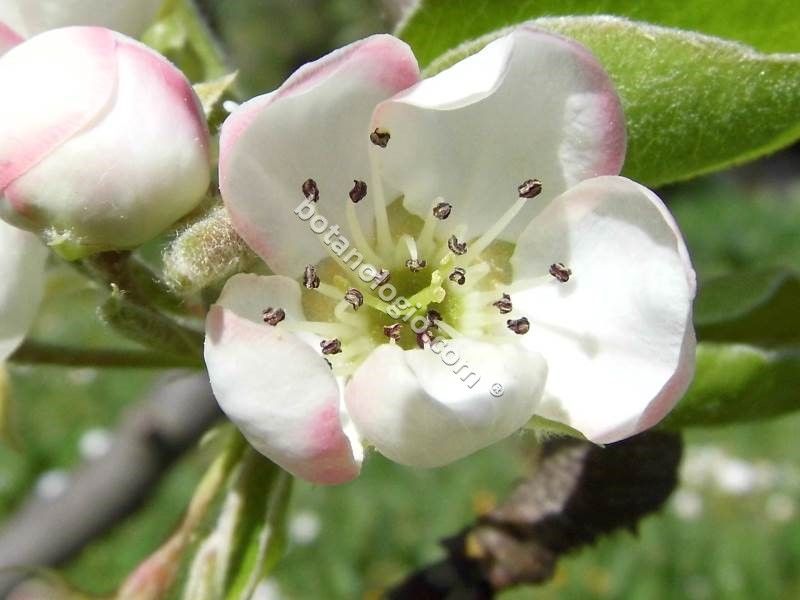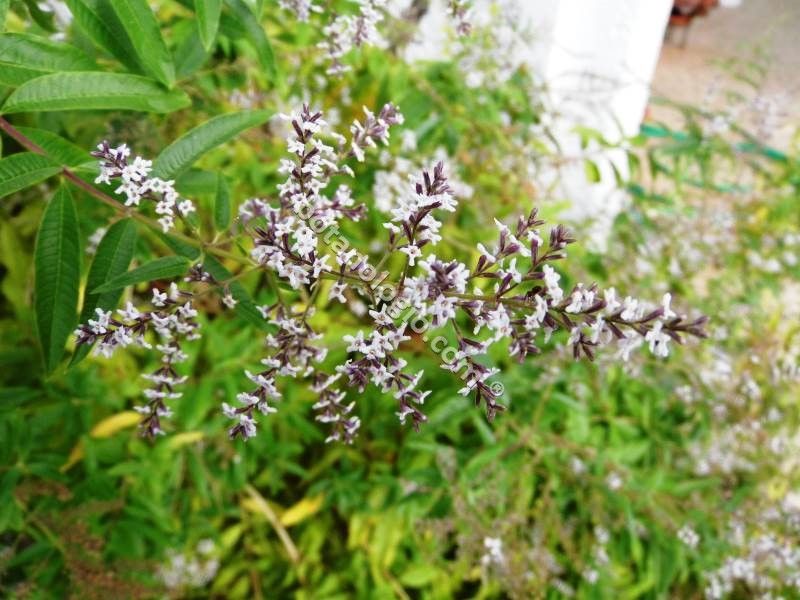Catnip collection and nutritional value

One of the few herbs offered for the care of your pets, and especially cats, catnip is a perennial herb with the scientific name Nepeta cataria and other common names, catswort, catwort, and catmint.
It is easy to grow as it can withstand many different climates, which is evident from the fact that it has been known since antiquity, from Europe to Asia and Africa. It is a perennial herb which can reach 1.5 meters in height and has characteristic heart-shaped leaves. The flowers can be found in a variety of colors from white, blue, lilac or pink, while they are small and bloom at the tops of the shoots.
The healing part of the plant is the leaves, which hide the essential oil, while it is offered for many applications, from poultice, infusion, tincture, to the essential oil. Historically, the catnip leaves became juice for therapeutic use, while it has also been used as a smoking herb. As with most herbs, avoid collecting the leaves during flowering as during this period the essential oil of the leaves loses its power and the plant its healing properties. Flowering takes place in the summer months.
The main ingredient that catnip is known for is nepetalactone, with many more active ingredients that help maintain our health. Many minerals and trace elements play an important role for catnip to offer so many healing properties, with some of them standing out such as manganese and phosphorus.
catnip, collection of herbs, herbs, herbs nutritional value, Medicinal herbs
